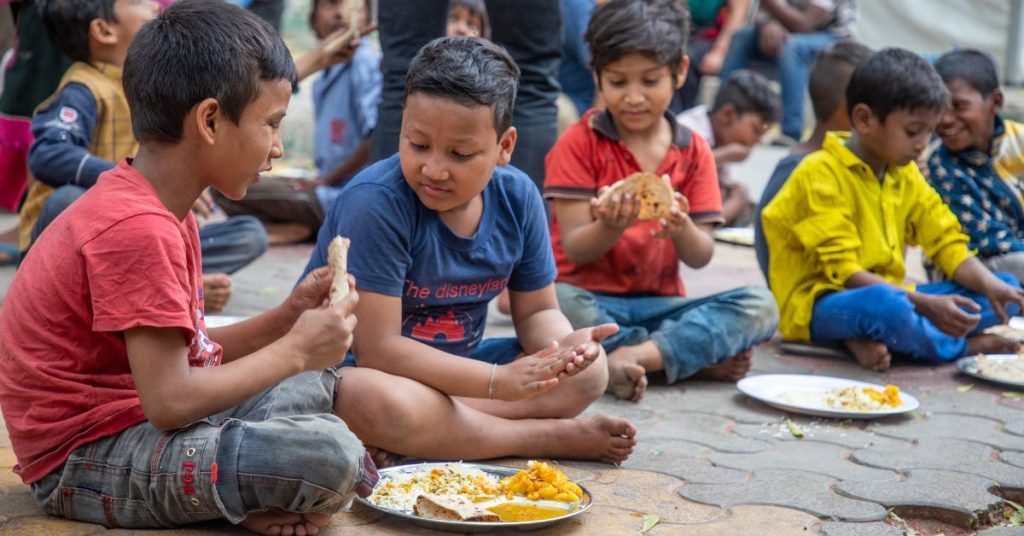Poverty and poor health often form a vicious cycle, with each exacerbating the other. Individuals living in poverty are more likely to experience inadequate access to healthcare, nutritious food, safe housing, and education, leading to increased health risks and lower life expectancy.
This blog of fikrah says that Conversely, poor health can limit individuals’ ability to work, earn a living, and escape poverty, perpetuating the cycle across generations.
Addressing Root Causes
Breaking this cycle requires a holistic approach that addresses the root causes of poverty and poor health. This approach involves tackling systemic issues such as income inequality, inadequate social safety nets, lack of access to education and healthcare, and discrimination based on factors such as race, gender, and socioeconomic status. By addressing these structural barriers, communities can create more equitable opportunities for all individuals to thrive.
Promoting Education and Economic Empowerment
Education plays a crucial role in breaking the cycle of poverty and poor health. Access to quality education equips individuals with the knowledge and skills they need to secure stable employment, achieve financial independence, and make healthier choices for themselves and their families. Additionally, investing in vocational training and entrepreneurship programs can empower marginalized communities to create economic opportunities and build resilience against poverty-related health risks.
Improving Access to Healthcare
Ensuring universal access to healthcare is essential for breaking the cycle of poor health. Affordable and comprehensive healthcare services, including preventive care, mental health support, and treatment for chronic conditions, can help individuals manage their health effectively and avoid costly medical expenses that perpetuate poverty. Additionally, addressing social determinants of health, such as food insecurity, housing instability, and environmental hazards, is critical for promoting health equity and reducing health disparities.
Fostering Community Development and Social Support
Building strong and supportive communities is integral to breaking the cycle of poverty and poor health. Community-based initiatives that provide access to social services, promote civic engagement, and foster social cohesion can empower individuals to overcome adversity and create positive change in their lives. By fostering connections and solidarity among community members, these initiatives strengthen social networks and resilience against poverty and health challenges.
CONCLUSION: A Collaborative Effort
Breaking the cycle of poverty and poor health requires a collaborative effort involving government agencies, nonprofit organizations, healthcare providers, educators, businesses, and community members. By adopting a holistic approach that addresses the root causes of poverty, communities can create more equitable and inclusive societies where all individuals have the opportunity to lead healthy and prosperous lives.
Click here to know more about “Breaking the cycle between poverty and poor health”

